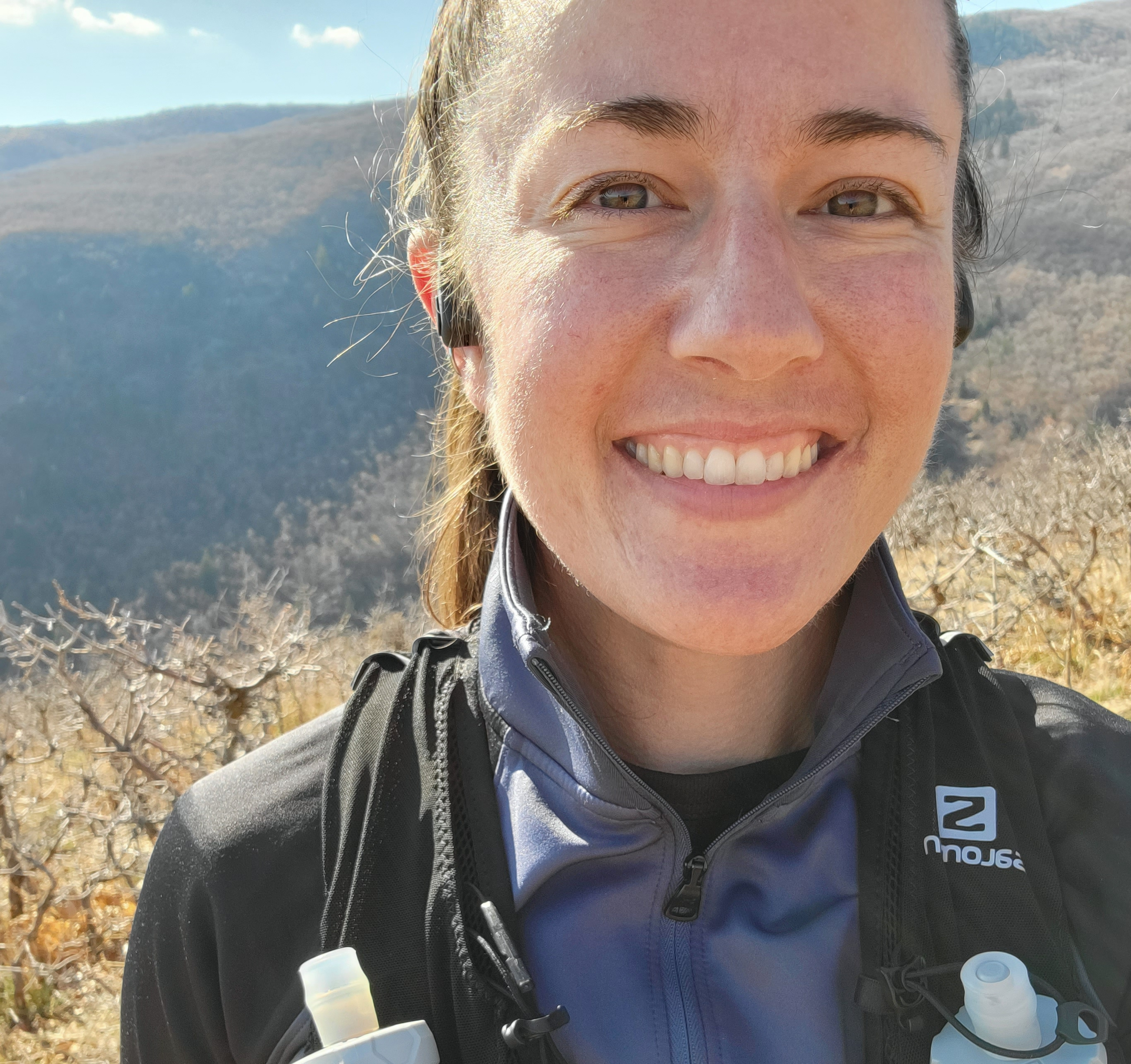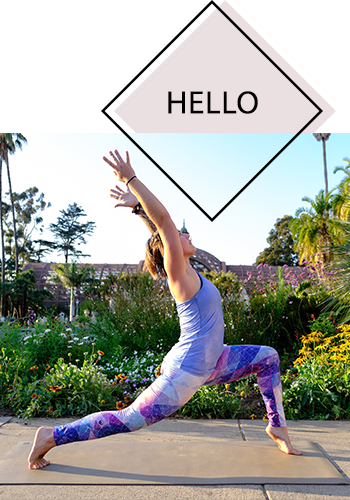Yoga for Whiplash
/I’m lucky that I’ve never sustained a serious injury…but as a yoga teacher, I often think about how important it is for us to modify poses after an accident. Today I’m excited to feature a guest post focused on healing from whiplash.
Hopefully you won’t ever need these tips, but if you do, please know I’m sending you a big hug and a deep breath!
Take gentle care of yourself, yogis.
Photo by Samuel Silitonga on Unsplash
Healing from Whiplash with Yoga
Whether it’s as a result of a vehicle incident or a sports injury, any sudden jerks of the head (forward or backwards) can cause what is known as ‘whiplash.’ If you’ve experienced the symptoms of whiplash, chances are you won’t need this explanation (the pain is education enough!) but you may be interested in how to heal yourself through yoga. While it can be tempting to dive straight back into your usual practice, it’s best to start slow. These tips will help you find your way back to a sustaining yoga practice that will support your recovery.
Get Signed Off by a Medical Professional
Whiplash has varying levels of severity, depending on a variety of factors, including the speed of the impact. Before you do any physical activity after you have sustained a neck injury, it’s important that you get an ‘all clear’ from your doctor. Whiplash is a tricky injury because you won’t necessarily be able to see much of the damage from the outside. Internally, however, the inter-vertebral discs, joints, ligaments, muscle tissue and nerves in the region of the neck may have been impacted. If you exercise before knowing for sure that it’s safe to begin a yoga practice, the movements you intend to be therapeutic may in fact worsen your symptoms, causing more pain, and possibly permanent damage.
See the Acute Phase Through Before You Practice
Depending on the severity of your whiplash, during the couple of days or weeks following the accident, your body is likely to be in a bad way. As blood and fluid rush to the injured area, the tissues in your neck will become inflamed—feel for heat and swelling—and you could experience painful throbbing or even searing pain in the area of the injury, especially if you try to move. Listen to your body here. It is probably trying to say: stay still, stay calm, rest! And as is so often the case, your body is right. Even if you crave exercise and movement, stick to a strict regimen of ice and rest. Gentle compression works wonders. Shut your eyes and bring the attention to the neck area for a while, experiencing the sensations, however unpleasant. Shining a light of awareness on the area is the first step towards healing. Soon you might feel a gentle softening of the tissues and a release of tension. Don’t rush yourself through this acute phase. Give your body time.
Photo by Yayan Sopian on Unsplash.
Good Vibes Only
While your body is in pain, try to stay calm and centered, mentally and emotionally. Avoid toxic people and negativity, preserving your energy for healing. Claiming for your injury is a fair way to pay for the treatment and therapy you are going to need to return to health. Consider a personal injury lawyer, rather than dealing directly with the other party. While you’re in a tender physical and emotional state, the last thing you need is conflict. Take time off work if you are able, and create a space at home that feels safe and calm. Read books. Take long, restorative baths. Look after yourself.
Incorporate Gentle Movement
When you get to the point of recovery at which you no longer experience pain while your neck is at rest, so no throbbing or burning sensations, and the swelling has gone down substantially, take the opportunity to begin to explore natural and slow movements, being mindful of the sensations arising in the damaged area.
Avoid using your hands to force or guide movement. Rather, move from the neck, taking care to follow the natural direction of your neck movement, bearing in mind that your range of movement will be much less than usual. You might experiment with looking up and down, over each shoulder, and even a circular movement, so long as whatever you do is comfortable. Not only will this gentle movement help ease the pain by bringing blood flow back to the damaged tissues, but you will also begin to strengthen those muscles again, aiding healing and recovery.
As well as easing movement back into the neck, you might try getting some gentle movement going in the area of the shoulders, shrugging slightly and lowering them, or rolling them gently. Remember, be mindful at all times of the sensations in your body, and if you experience pain, slow down or stop.
Do only what feels good, whether it’s holding, moving faster or deeper, or letting go. Your experience of the moment is all that matters: be present in your healing practice. And once you’re feeling loosened up in the neck and shoulders, try to move other parts of your body, paying attention to how that affects your neck. A heightened awareness of one part of the body (even if it’s through pain) is a wonderful learning opportunity as we get to see how intricately the body is connected.
Gradually Re-introduce Yoga Asanas
When a reasonable range of motion has returned to your neck and shoulders, you might begin to get back into yoga postures. It is key that you do this at home, in your own space, without the pressure of trying to keep up with a class. While a yoga studio might be a supportive and inspiring place to practice, being among others can distract you from the subtle signals your body is sending you at this time, and you need to be able to tune in. Depending what your body is ready for, practice slow dynamic sequences such a gentle Vinyasa or Yin poses. While you might not do much at first in your first week or two of at-home practice, the important thing is that you’re attending to the body, noticing and appreciating the healing process. As you start to heal, movements will feel more natural. Whatever you do, don’t push yourself too hard. Go back to yoga class only when your body is ready.
Whether it’s just a twinge or you’re in a neck brace, whiplash can be a demoralizing set back for any committed yogi. While it might be tempting to rush back to the studio and push through the pain, now is the time to listen to your body.
First photo by Jessica Bartlett.



















